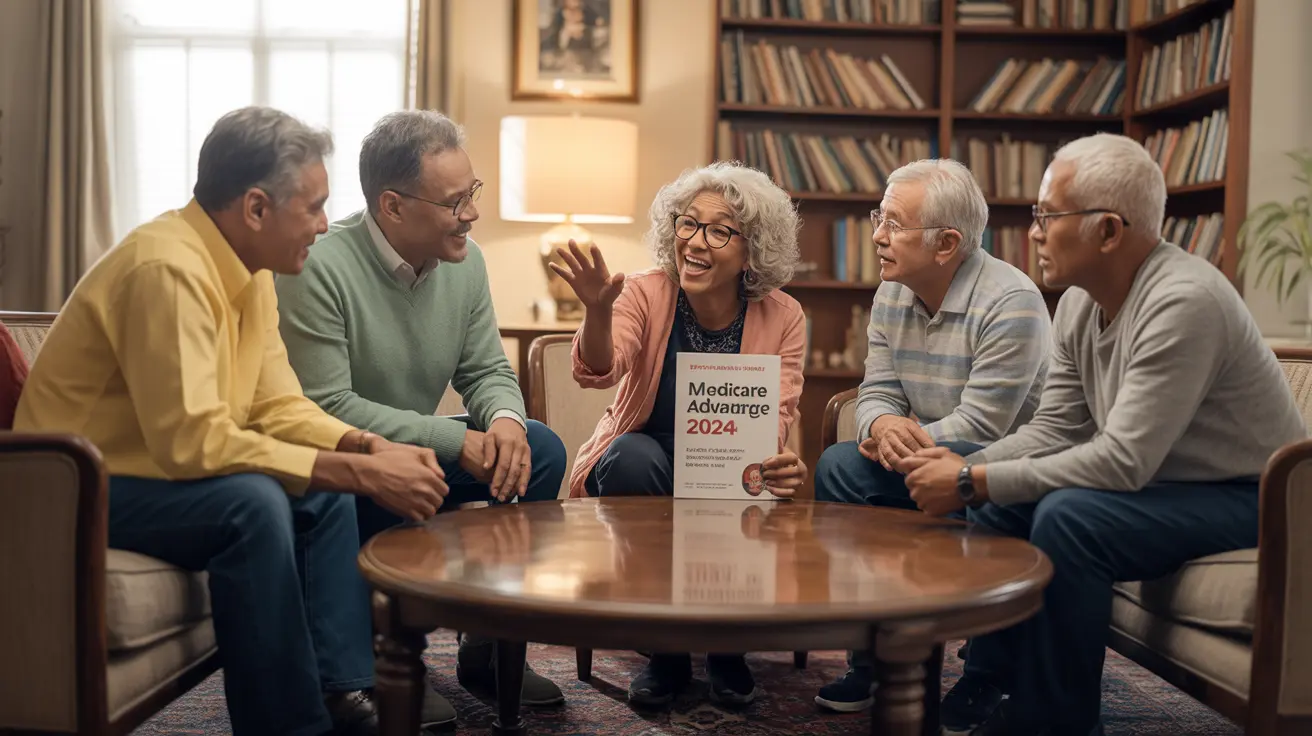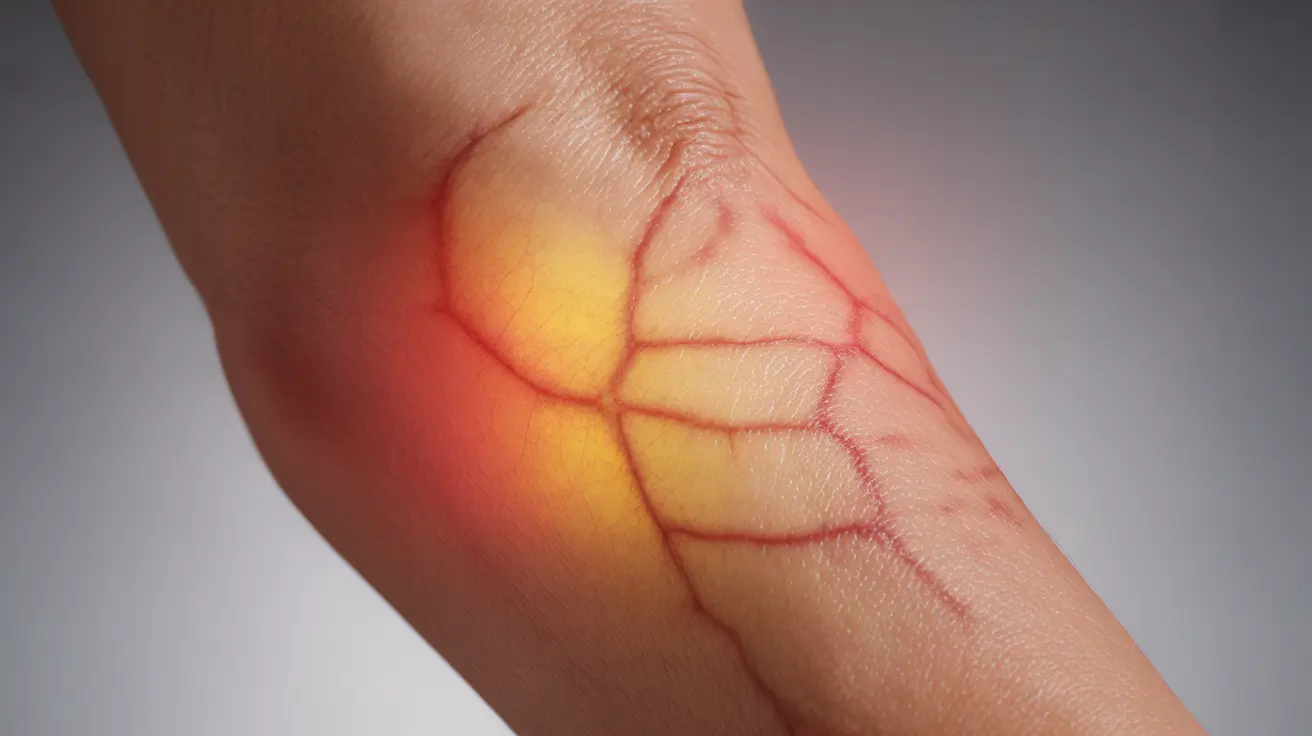Hair care is an essential aspect of personal grooming, and leave-in conditioners have emerged as a game-changing product for individuals seeking to improve hair health and manageability. Whether you're battling dry, frizzy, or damaged locks, understanding how to effectively use a leave-in conditioner can transform your hair care routine and restore your hair's natural beauty.
This comprehensive guide will explore everything you need to know about leave-in conditioners, from their unique benefits to application techniques that can help you achieve luscious, healthy-looking hair.
Understanding Leave-In Conditioner: More Than Just a Hair Product
A leave-in conditioner is a versatile hair care treatment designed to provide ongoing moisture and protection after your regular washing routine. Unlike traditional rinse-out conditioners, these products are applied to damp hair and left in, creating a protective barrier that continues to nourish and shield your hair throughout the day.
How Leave-In Conditioners Work
These specialized products work by delivering concentrated moisture and nutrients directly to your hair shaft. They typically contain ingredients like natural oils, proteins, and botanical extracts that help to:
- Detangle hair strands
- Reduce frizz
- Protect against environmental damage
- Enhance hair's natural texture
- Provide additional moisture for dry or damaged hair
Choosing the Right Leave-In Conditioner for Your Hair Type
Not all leave-in conditioners are created equal. Your hair's unique characteristics should guide your product selection to ensure optimal results. Here's a breakdown of considerations for different hair types:
Dry and Damaged Hair
For those struggling with dry, brittle, or chemically treated hair, look for leave-in conditioners with rich, hydrating ingredients like:
- Argan oil
- Shea butter
- Keratin proteins
- Panthenol (Vitamin B5)
These components help repair damage and restore moisture to stressed hair strands.
Curly and Textured Hair
Curly-haired individuals should seek leave-in conditioners that offer:
- Enhanced curl definition
- Frizz control
- Lightweight moisture
- Ingredients like coconut oil and glycerin
Fine or Thin Hair
For those with fine hair, opt for lightweight, volumizing leave-in conditioners that won't weigh down your locks. Look for:
- Silicone-free formulas
- Protein-based treatments
- Volumizing ingredients
- Minimal application on the scalp
Application Techniques: Maximizing Leave-In Conditioner Benefits
Proper application is crucial to getting the most out of your leave-in conditioner. Follow these expert tips:
Step-by-Step Application
- Wash and towel-dry hair thoroughly
- Apply a small amount of product, focusing on mid-lengths and ends
- Use a wide-tooth comb to distribute evenly
- Style as desired, either air-drying or using heat tools
- Adjust frequency based on your hair's response
Potential Risks and Precautions
While leave-in conditioners are generally safe, be mindful of potential issues:
- Avoid overuse to prevent product buildup
- Discontinue use if you experience scalp irritation
- Choose products appropriate for your specific hair type
- Patch test new products to check for allergic reactions
Frequently Asked Questions
What is leave-in conditioner and how does it work differently from regular conditioner?
Leave-in conditioner is a treatment applied after washing that remains in the hair, providing continuous moisture and protection. Unlike traditional conditioners that are rinsed out, leave-in conditioners create a lasting protective layer that helps manage hair throughout the day.
Can leave-in conditioner damage your hair or cause buildup if used daily?
If used incorrectly, leave-in conditioners can cause buildup. To prevent this, choose a product suited to your hair type, use sparingly, and focus application on mid-lengths and ends rather than the scalp.
How do you choose the best leave-in conditioner for curly, color-treated, or fine hair?
Select a leave-in conditioner specifically formulated for your hair type. Curly hair needs moisture-rich, defining products; color-treated hair requires color-safe formulas; fine hair benefits from lightweight, volumizing treatments.
Does leave-in conditioner protect against heat damage from styling tools?
Many leave-in conditioners contain heat-protective ingredients that can help minimize damage from styling tools. Look for products explicitly marketing heat protection for the best results.
What are the benefits of using leave-in conditioner for dry, frizzy, or damaged hair?
Leave-in conditioners provide essential moisture, reduce frizz, detangle hair, protect against environmental damage, and help repair and prevent further damage for dry, frizzy, or compromised hair.




